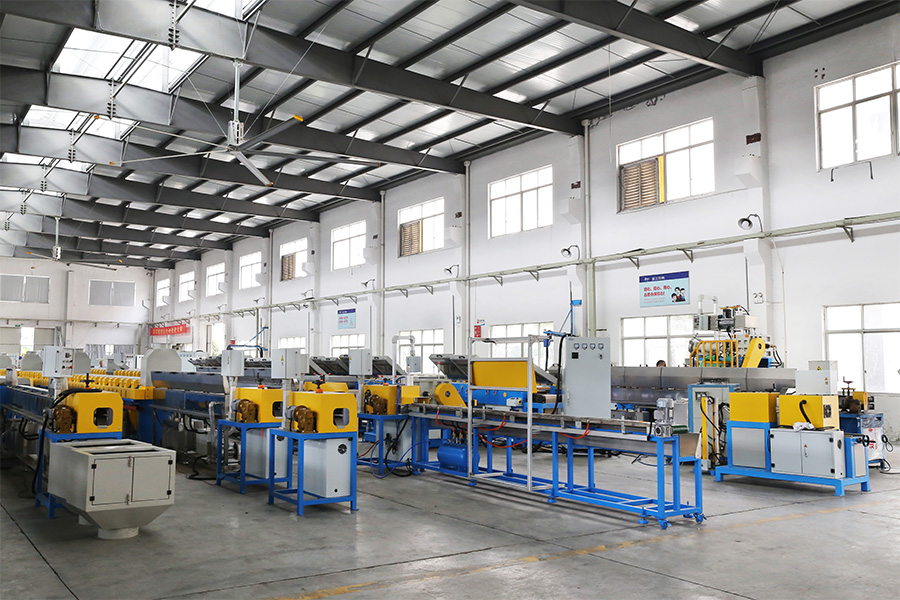The Production of EPDM Extruder
The production of EPDM extruders is a vital aspect of the manufacturing industry, particularly in sectors where rubber components are crucial. EPDM is a type of synthetic rubber known for its outstanding durability, weather resistance, and electrical insulation properties. It is commonly used in automotive, construction, and electrical applications. The extruders used in the production of EPDM parts need to meet specific design, performance, and material requirements to ensure they can handle the complexities of working with EPDM.

The versatility of EPDM comes from its unique chemical composition, which includes ethylene, propylene, and a diene monomer that facilitates cross-linking. The material is typically processed into finished products using extrusion techniques. This is where the EPDM extruder plays a crucial role in converting raw EPDM into useful forms such as sheets, profiles, or tubes.
There are several types of extruders used in the production of EPDM, including single-screw, twin-screw, and planetary roller extruders. Each type has specific advantages depending on the application and the complexity of the product being produced.
Key Components of an EPDM Extruder
Extruder Barrel: The barrel is a large, cylindrical component where the raw EPDM material is fed into the extruder. It provides the space for the material to be heated and molded. The barrel is often equipped with temperature controls to maintain the processing temperature.
Screw: The screw inside the barrel is responsible for feeding, mixing, and conveying the EPDM material forward. It rotates and pushes the rubber through the barrel, ensuring that the material is evenly heated and extruded. The design of the screw is crucial for achieving the desired flow properties and material consistency.
Heater and Cooling System: Since EPDM must be processed at specific temperatures, the extruder incorporates a heating system to melt the raw rubber and a cooling system to solidify it once it has passed through the die.
Die: The die is the final shaping component that determines the shape and size of the extruded product. Depending on the application, the die can be designed to produce a variety of shapes, from simple profiles to more complex geometries.
Control Systems: Modern EPDM extruders are equipped with advanced control systems that monitor and adjust key parameters such as temperature, pressure, and screw speed to ensure consistent quality and performance.
The EPDM Extrusion Process
The EPDM extrusion process involves several key stages that ensure the raw material is properly prepared, shaped, and cooled into a final product:
Material Feeding: Raw EPDM material, often in the form of pellets, is fed into the extruder's hopper. The material is usually mixed with additives such as curing agents, antioxidants, and stabilizers to enhance its properties.
Melting and Mixing: As the screw rotates, it generates heat and friction, which causes the EPDM material to melt. The material is also thoroughly mixed to ensure uniform consistency.
Extrusion: Once the EPDM is sufficiently heated and mixed, it is forced through the die to take its final shape. The extrusion process ensures that the material is uniformly distributed and formed into the desired profile.
Cooling and Cutting: After extrusion, the material is rapidly cooled to solidify it. This is typically done using water baths or air cooling systems. Once cooled, the extruded material is cut into the required lengths.
Finishing and Packaging: The final product is inspected for quality and any additional finishing steps, such as surface treatments or trimming, are completed. The finished extrusions are then packaged for shipment or further processing.






 English
English 中文简体
中文简体 русский
русский



